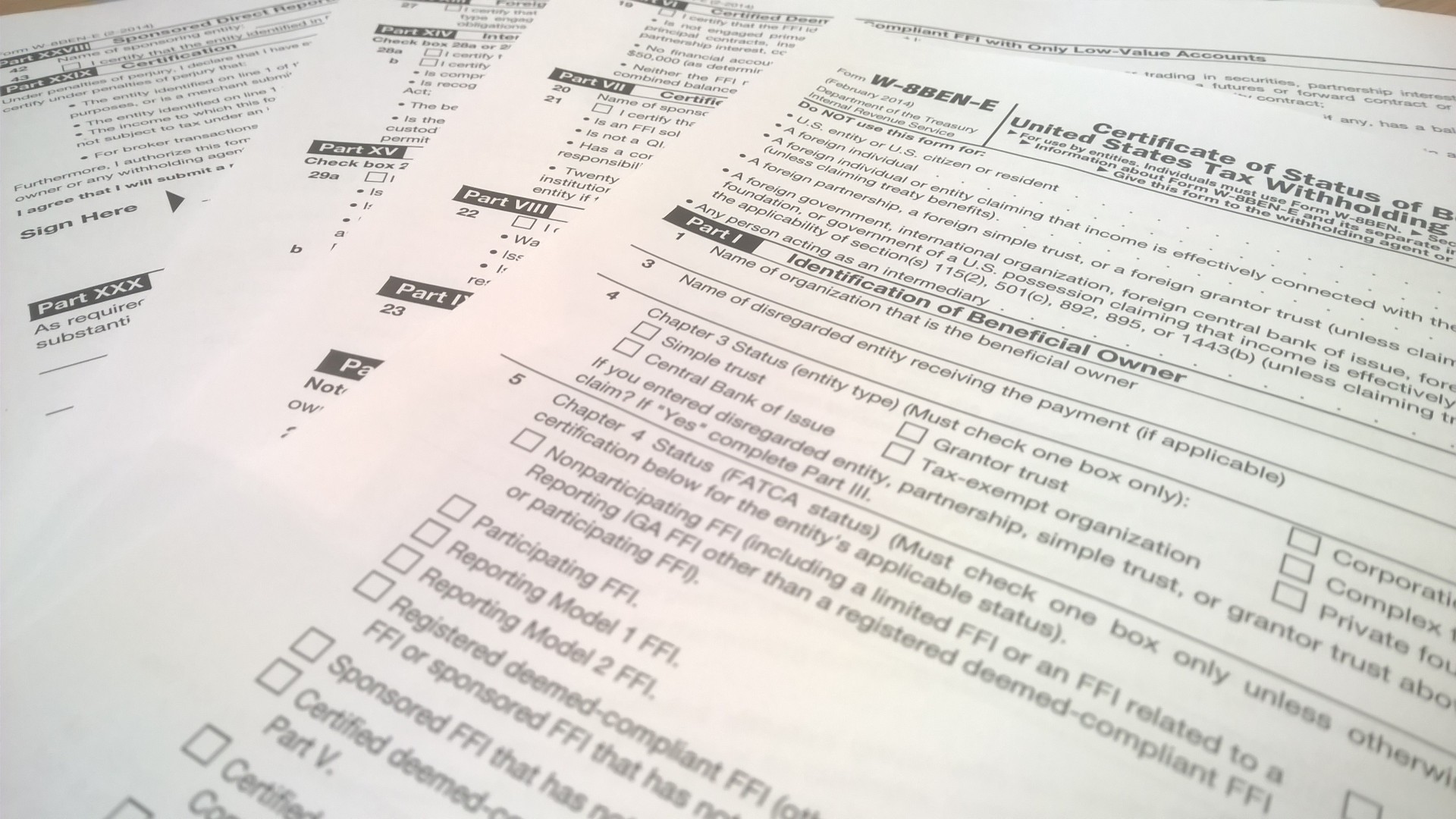In the US, many employees have 401(k) plans that automatically deduct a significant portion of their salaries into a tax-advantaged retirement account. Many 401(k) plans only allow these savings to be invested in a limited selection of mutual funds, and some 401(k) plans only offer expensive, poorly performing funds rather than low-cost index funds or flexible managed accounts, but by enforcing automatic monthly savings, 401(k) plans have been one of the most powerful wealth building tools of W-2 employees.
US citizens and green card holders living outside the United States, unfortunately, almost never have access to a 401(k) plan through their employer, and so unfortunately have a much lower rate of US tax-advantaged retirement savings than their stateside counterparts. Worse still, higher-earning American expats in low-tax jurisdictions like Hong Kong, Singapore, or Dubai must send thousands of dollars in US income taxes to the IRS every year over and above local taxes on their salaries, while seeing our Australian, British, Canadian, and continental European co-workers not have to send extra tax money back to their home countries, and retirement savings in plans like Hong Kong’s ORSO and MPF schemes are still subject to US taxes.
For Americans looking to maximize tax-advantage retirement savings while living and working overseas, I put together the following list of important questions most US taxpayer expats should ask themselves at least once a year:
- Do I still have a 401(k) back in the US that I should roll over? If so, we often recommend rolling over your 401(k) to a rollover IRA to have better control and access to your investments.
- Am I earning income above the Foreign Earned Income Exclusion? To contribute to an IRA, you need to have earned income (from a job, not interest, dividends, capital gains, rental income, etc.), but what complicates this for expats is that this needs to be un-excluded earned income, meaning income you would actually pay taxes on. Generally this means your salary that year has to be greater than the Foreign Earned Income Exclusion (FEIN, US$102,100 in 2017). If you are not sending excess tax money back to the US, there are no US taxes to shelter from?
- Am I sure that my employer does not offer a US qualified retirement plan? As mentioned, most Hong Kong MPF and ORSO retirement plans are not US qualified, and so are treated as a taxable investment account. The good news is in question 6 below.
- Can my employer agree to let me set up a SEP-IRA account? The SEP IRA (Simplified Employee Pension) is one of the best tax shelters for Americans working overseas, as it allows a generous US$54,000 in 2017 to be sheltered from US taxes with the full flexibility of investment options and management of IRA accounts. The challenge is that SEP IRAs must technically be set up and funded by your employer, and many non-US employers do not know that setting up a SEP IRA can be as simple as filling out and retaining a plan document like IRS form 5305-SEP and arranging to have a GFM-managed SEP IRA account opened and funded.
- Is my income low enough to allow me to contribute directly to a Roth IRA? One window for US taxpayers married filing jointly is that the maximum income to contribute the full US$5,500/year (US$6,500 for age 50 and older) is US$186,000 in 2017, though only $118k for single and head of household filers.
- Do I want a US$5,500 (US$6,500 for age 50 and older) tax deduction by funding a traditional IRA before April 15th? If you answered yes to question 2 and 3, but no to questions 4 and 5, the good news is that unlike US-based employees with a 401(k) or 403(b) plan, you can take a tax deduction on your traditional IRA contribution with no limit on your income. $5,500/year may not seem like a lot, but I showed in an earlier post how it can easily add up and compound to over a million dollars.
- Should I do a Roth conversion? A Roth conversion is where you transform your traditional or pre-tax rollover or SEP IRA into a tax-free Roth IRA by paying taxes on the conversion amount in the year of the conversion. I will do a separate post on how to calculate the cost vs benefit of a Roth conversion, but my general guideline for expats is to do these in years where your income takes a relative dip, ideally in a sabbatical year.
- Am I turning or have I just turned 70 1/2 years old? Investing for retirement doesn’t stop at age 59 or 65 (even though the goals may shift from aggressive growth to more modest growth, income, and capital preservation), but if you have IRAs that have not been converted into Roth IRAs, the IRS will require you to take required minimum distributions (to that they can start collecting taxes) from your IRA accounts starting on April 1st in the year following your 70 1/2th birthday.
We look forward to hearing from you if you have any questions about how best to fund, grow and manage an international retirement savings program through IRAs or other means, but please note that we are investment specialists and neither I nor GFM give tax, legal, or accounting advise.
Until next time,
Tariq
+852 9476 2868

